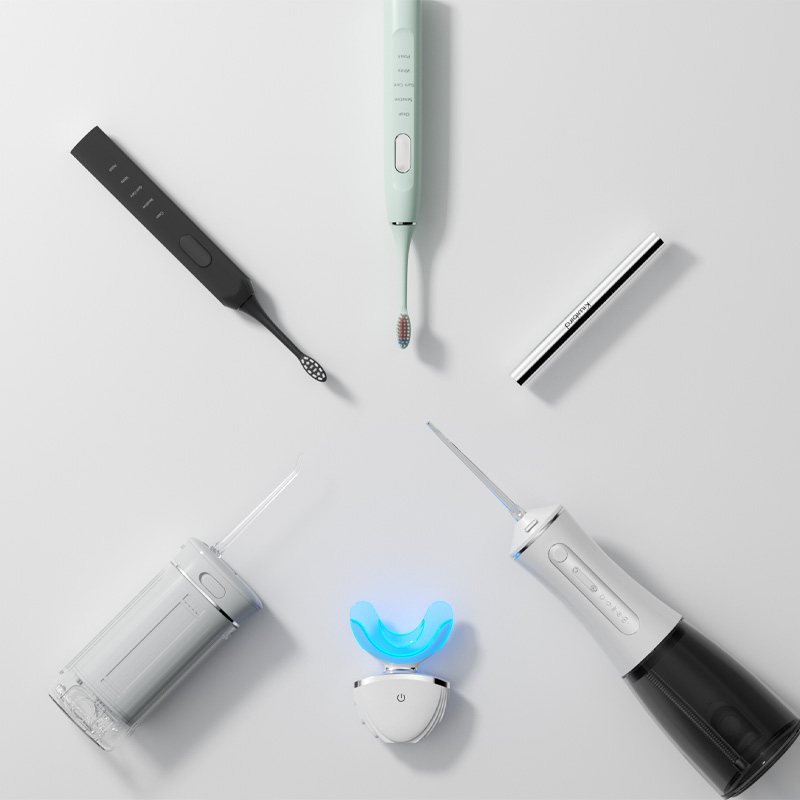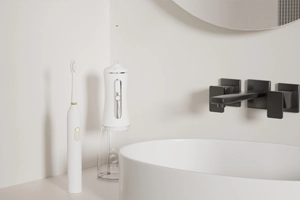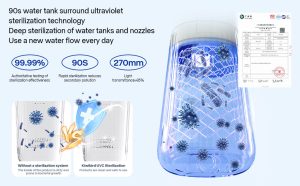In many industrial systems, Dirty Ports and Seal Deterioration often occur together, compromising both performance and safety. If left unaddressed, port contamination can restrict flow and increase pressure, while seal deterioration leads to leaks, downtime, and safety hazards. This article explores the root causes, diagnosis, cleaning and repair procedures, plus preventive and improvement strategies in six parts.
The Dangers of Port Contamination and Seal Deterioration
Dirty ports block fluid or gas passages, causing reduced flow rates, pressure spikes, and system instability. Meanwhile, worn seals lose elasticity and surface integrity, leading to leaks and pressure drops. These two problems feed on each other: clogged ports raise back‑pressure and accelerate seal fatigue; failing seals allow contaminants into the system, making ports dirtier. Recognizing the combined risks is vital to restoring reliable operation.
Causes and Diagnosis of Port Contamination
Port contamination typically stems from:
- Ingress of Particulates: Dust, fibers, and debris drawn in with air or fluids.
- Fluid Aging and Scaling: Sediment and mineral deposits build up over time in lubricants, water, or chemicals.
- Poor Maintenance: Infrequent filter changes or pipeline cleaning allows debris to accumulate unchecked.
To diagnose contamination, periodically inspect ports with a borescope or ultrasound probe, and monitor differential pressure or flow rates to detect early signs of blockage.
Causes and Identification of Seal Deterioration
Seal deterioration often arises from:
- Material Aging: Rubber or polyurethane seals harden, crack, or discolor under heat, UV, or chemical attack.
- Mechanical Wear: Repeated friction, vibration, and compression cycles cause surface abrasion or permanent deformation.
- Improper Installation: Under‑ or over‑torqued fittings and poorly machined gland surfaces lead to uneven seal compression.
Identify worn seals via visual inspection for cracks or flattening, and by performing leak tests (air or hydraulic) to confirm compromised sealing.Company Web:https://www.powsmart.com/product/electric-toothbrush/
Best Practices for Cleaning Dirty Ports
When cleaning contaminated ports, follow these steps:
- Depressurize Safely: Shut down and vent the system before disassembly.
- Mechanical Removal: Use stainless‑steel or nylon brushes to dislodge large deposits.
- Chemical Soak: Select an appropriate solvent—mild acid, alkali, or specialized cleaner—to dissolve stubborn scale.
- High‑Pressure Rinse: Flush with water or air at high pressure to remove residue.
- Dry and Protect: Blow out with compressed air, then apply a corrosion‑inhibiting spray.
- Reassemble and Test: Refit components, pressurize the system, and verify no leaks or flow restrictions remain.
Seal Repair and Replacement Workflow
For dealing with worn seals, use this workflow:
- Correct Material Selection: Choose seal compounds rated for your specific fluid, temperature, and pressure conditions.
- Precision Installation: Follow manufacturer torque specs and gland dimensions to ensure uniform compression.
- Surface Conditioning: Apply compatible grease or dry‑film lubricant to the seal surface to reduce friction.
- Staged Replacement: Replace seals on critical equipment proactively, based on condition rather than fixed intervals.
- Initial Leak Test: After installation, perform an air or hydraulic test to confirm sealing integrity.
- Record Keeping: Document seal type, installation date, performance data, and replacement intervals for data‑driven improvements.
Prevention Strategies and Continuous Improvement
To prevent recurrence and drive continuous improvement, implement:
- Online Monitoring: Install pressure, flow, and temperature sensors around ports and seals for real‑time health checks.
- Automated Alerts: Integrate with PLC or IoT platforms to trigger alarms when sensor readings exceed thresholds.
- Environmental Controls: Deploy air filtration and dehumidification near sensitive equipment to reduce particulate ingress.
- Targeted Training: Educate operators and maintenance personnel on cleaning procedures and proper seal installation.
- Innovative Design: Explore self‑cleaning port designs and quick‑change seal modules to minimize downtime.
- Data‑Driven Maintenance: Use historical sensor and service data to optimize maintenance schedules and part lifetimes.
Conclusion
Dirty ports and Seal Deterioration are major threats to system efficiency and safety. By combining thorough diagnosis, systematic cleaning and repair processes, and forward‑looking monitoring and design improvements, you can eliminate these issues and maintain reliable operations. For expert guidance on port cleaning or seal solutions, please contact our company!



